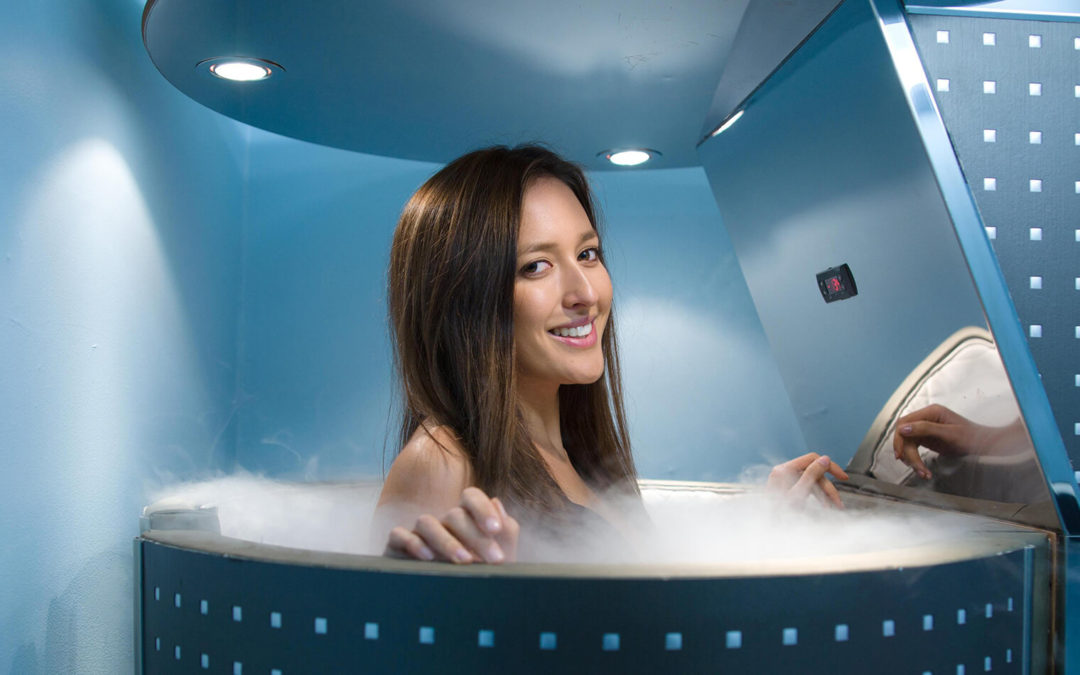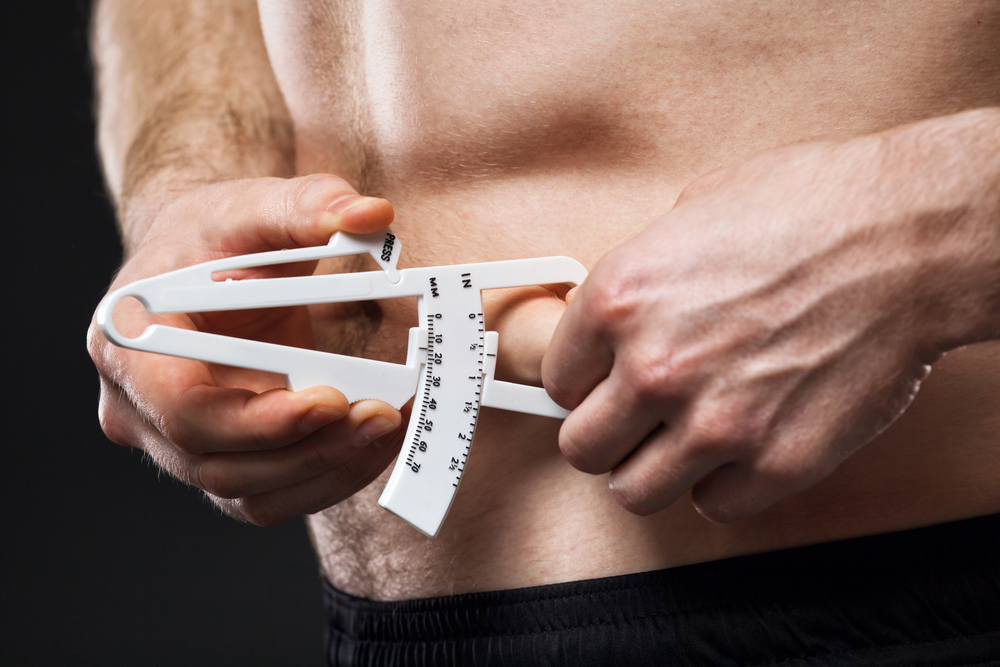- Not all of the fat in your body is bad. Some types of fat actually help you burn fat.
- Bad fat can sometimes become good fat when stimulated properly.
- Fat removal and body contouring procedures can only address one kind of fat known as subcutaneous fat.
Loosing weight can be an uphill battle, so it’s no wonder that many consider procedures like liposuction or CoolSculpting to kickstart their diet. These and similar procedures can help to break down and get rid of subcutaneous fat. There’s only one problem: subcutaneous fat is not the only kind of fat in your body.
When you hear the word “fat,” you probably think of that extra cushioning getting between you and your favorite pair of pants. However, fat is more than just a nuisance that you battle every week at the gym. Fat can play an important and sometimes essential role in storing energy and regulating your metabolism. What’s more, different kinds of fat affect your body in different ways.
If you want to maximize your diet and really do whatever it takes to lose weight, then you need to understand the different types of fat and how to manage them. Only then can you take a multi-pronged approach to weight loss.
So, how can tools like diet and body contouring help to realize the new you? Here is what you need to know about each of the major categories of fat, what they do, and what they mean for your diet.
Brown fat
Brown fat has been getting a great deal of buzz in recent years. Scientists and medical professionals didn’t used to think much of this type of fat, largely considering it worthless. However, they’ve since changed their tune.
Also known as “good fat,” “essential fat,” and brown adipose tissue (BAT), brown fat is not the fat that plagues you in the mirror every morning. In fact, you’re not really going to see it at all. It’s often, although not always, found in the neck and shoulders. It’s also been spotted in the chest and spines of young men. Finally, it’s located deep inside the body around bone marrow, nerve membranes, and even vital organs.
Brown fat comprises only 10% of the total fat in our bodies. Adults who are a healthy weight have about 2-3 ounces of brown fat. The same adults may have roughly 20-30 pounds of total fat. Interesting to note, obese individuals have less brown fat than their thinner counterparts, and infants have more brown fat than anyone else.
Although there is very little brown fat in our bodies, it’s role is enormous. Brown fat works more like a muscle than white fat, clicking on when our bodies are cold to burn energy and generate heat. This is why it’s so essential for newborns, who are more susceptible to temperature fluctuations. Brown fat also plays an important role in regulating vitamin absorption, hormones, metabolism, and more.
What does this mean for your diet? You shouldn’t try to lose brown fat. In fact, if your overall body weight dips so much that you lack sufficient brown fat in your body, then you will experience issues with your body temperature and hormones, among other things.
Brown fat is not your enemy when it comes to weight loss. In fact, it could be your ally. Some people have tried taking cold showers or sleeping with the air conditioning on to stimulate brown fat and burn calories. However, there is little clinical evidence to suggest this works.
Scientists are on the case though. In 2012, a study sought to stimulate brown fat by having volunteers sit in cold suits for 3 hours. The participants burned an additional 250 calories over what they would have if they’d been doing the same thing at room temperature. More recently, researchers like Aaron Cypess of Harvard Medical School are looking at ways to stimulate brown fat via pill form. This revolutionary obesity treatment would not rid the body of brown fat but recruit it in the weight loss effort. Unfortunately, no such pill exists yet.
Beige fat
This recently discovered type of fat looks like a mix of brown and white fat and is found in small quantities throughout the body, especially around the collarbone and spine. Beige fat functions similarly to brown fat, acting on the metabolism in response to external stimuli, like the cold. However, beige fat and brown fat have drastically different origins.
Beige fat is made by the body from white fat, commonly referred to as bad fat. This process, known as “beiging” or “browning,” can be triggered by hormones that respond to cold or stress. Studies show that catecholamine hormones, like epinephrine, triggers this process in animals. Exercise may also play a role in turning white fat beige.
Like brown fat, beige fat is considered “good.” Researchers are continuing to explore the process by which white fat turns beige in order to more reliably replicate it. Some researchers hope that beige fat could be the key to future obesity treatments.
In the meantime, there’s not much you can do about it. You could try exposing yourself to cold or exercising, but this has only been shown to work in animals thus far. It would seem that, as with brown fat, you’ll just need to wait for researchers to come up with a meaningful solution.
White visceral fat
Now we move on to the white fat, otherwise known as bad fat, unhealthy fat, or white adipose tissue (WAT). White fat comes in two forms: visceral and subcutaneous. On the whole, white fat makes up the vast majority of fat in your body. It’s primary roles are to store energy and release proteins into the bloodstream. However, visceral and subcutaneous fat are fundamentally different in a variety of ways.
Visceral fat is more than just “bad fat.” It’s the worst fat. Visceral fat hangs out in your abdominal cavity and surrounds your liver, heart, pancreas, and other organs. Because it’s located so deep inside your body, it’s difficult to detect. In fact, you could look fairly slim overall and still have a problem with too much visceral fat. You just may never know it.
That being said, visceral fat contributes to belly fat, and people with a large amount of belly fat are more likely to have larger amounts of visceral fat. Still, the most reliable way to determine the amount of visceral fat in your body is not by looking at your belly fat, but looking through a CT scan or MRI.
High amounts of visceral fat have been linked to a wide variety of conditions, including certain types of cancers, stroke, hypertension, and dementia. Visceral fat releases proteins called cytokines into the bloodstream that are said to increase insulin resistance, which in turn can increase your risk of developing Type 2 diabetes and cardiovascular disease. These cytokines are inflammatory, which may damage vital organs when released in large doses.
More recently, the increased risk of inflammation and insulin resistance caused by visceral fat has been linked to TRIP-Br2, a molecule that’s found in visceral fat but not subcutaneous fat. It’s possible these substances work together to spell trouble for individuals with high amounts of this type of fat.
Although visceral fat is far less obvious than its subcutaneous counterpart, it’s essential that you stay on top of it. Unfortunately, there’s no fast or easy solution for getting rid of this harmful fat. Treatments like liposuction and coolsculpting, which we will discuss below, won’t help you against visceral fat. The only thing you can do is adhere to proper diet and exercise.
The good news is that diet and exercise really work. Avoid inflammatory processed foods like white breads and pastas and focus on unrefined foods like whole wheat. Also make sure to get plenty of protein and fiber. Finally, focus on caloric balance. Visceral fat responds to the simple equation of calories in versus calories out. You could be eating all of the right things, but if you’re eating too much of them, you’re not helping the situation.
Combine a healthy diet with a regular exercise routine and you will drop that visceral fat faster than you think. In fact, visceral fat disappears at twice the rate of subcutaneous fat in response to diet and exercise. So if you don’t think those regular gym visits are doing anything, you’re wrong. You just can’t see all of the benefits.
White subcutaneous fat
This is the fat most people think of when they hear the word “fat.” It comprises the excess bulk that attaches to our waists, hips, buttocks, and more. In fact, subcutaneous fat alone makes up approximately 90% of the fat in our bodies. If you’re here because you’re committed to getting in shape this year, then this is the fat you’re most concerned with.
Subcutaneous fat can appear on most places in the body. However, it tends to start building around the thighs and buttocks of women and the chest and midsection of men. Still, if enough subcutaneous fat is acquired, it will show on the waist, neck, arms, legs, and face. In all of these locations, it sits just under the skin, making it an ideal target for body contouring procedures.
Like visceral fat, subcutaneous fat is white fat, or bad fat. However, it’s not nearly as bad for us as visceral fat. True, it too releases cytokines into the bloodstream that could adversely affect our health, but it does so more slowly and in far fewer quantities. It also acts as padding and insulation to an extent. But mostly, it just sits around storing excess energy that was acquired by, let’s face it, eating more calories than we burned.
The less subcutaneous fat you have, the easier it is to keep the weight off. This fat releases a protein hormone called adiponectin, which helps to regulate blood sugar by reducing insulin resistance, and burns fat. However, how much of this hormone is released is inversely proportional to the amount of subcutaneous fat in your body. In other words, less fat means more metabolism boosting adiponectin. Visceral fat also releases adiponectin, but in far fewer quantities.
To this end, a fat removal procedure could help lower the amount of subcutaneous fat in your body, thus boosting the release of adiponectin. This in turn would help your body fight fat in general and counter the negative effects of visceral fat on your blood sugar. In this way, a body contouring procedure that removes fat can be beneficial for visceral fat even if it can’t directly target it.
Body contouring procedures
We want to offer a note of caution here. Body contouring procedures, surgical or otherwise, are not really intended for weight loss. They are meant for shaping problem areas. In many cases, patients only lose 5-10 pounds. The increase in adiponectin may be minor, and the procedure should always be accompanied by proper diet and exercise.
If you’ve been thinking about body contouring and fat removal, you’ve probably been looking into liposuction or coolsculpting. However, there are even more procedures at your disposal than you might realize.
Liposuction
There are many different kinds of liposuction, but they all basically break down whole fat cells in the body and suction them out through a tube. This is a surgical procedure and comes with all of the typical risks associated with surgery. Many doctors recommend that patients be close to their ideal weight. However, liposuction has been done on heavier patients.
Coolsculpting
This non-surgical procedure freezes fat cells. The fat cells die and are absorbed by the body, processed, and expelled (urinated). As with liposuction, patients should be close to their ideal weight. Heavier patients can been treated, but it requires multiple sessions.
TruSculpt
This procedure dissolves fat via radiofrequency. TruSculpt is typically administered in two one-hour sessions. Due to the radiofrequency, it’s important that individuals with metal in their bodies, including pacemakers and internal defibrillators, do not undergo the procedure.
Vanquish
This procedure kill fat cells by using radio frequency waves. With no downtime and very few side effects, Vanquish has been making waves since it was approved by the Food and Drug Administration (FDA) in 2013.
Zerona
Also referred to as Z-6, this noninvasive treatment uses a cold laser to dissolve fat cells, causing them to leak and shrink. Treatments are fast at only 20 minutes. However, patients typically need about six of them.
SculpSure
Like Zerona, SculpSure uses a laser to reduce fat. But instead of using a cold laser to dissolve fat cells, SculpSure uses a diode-based laser to damage them, often killing whole fat cells. This treatment is recommended for people who have an even distribution of fat and are not too overweight.
Whatever treatment you choose, know that you need a well-rounded approach. Start dieting and an exercise routine before you go in for your procedure. Keep up the habit well after the procedure is done and in accordance with your doctor’s recommendations.
» Not sure which treatment would be ideal in your case? Discuss your options with our medical review panel from the comfort of your own home.









